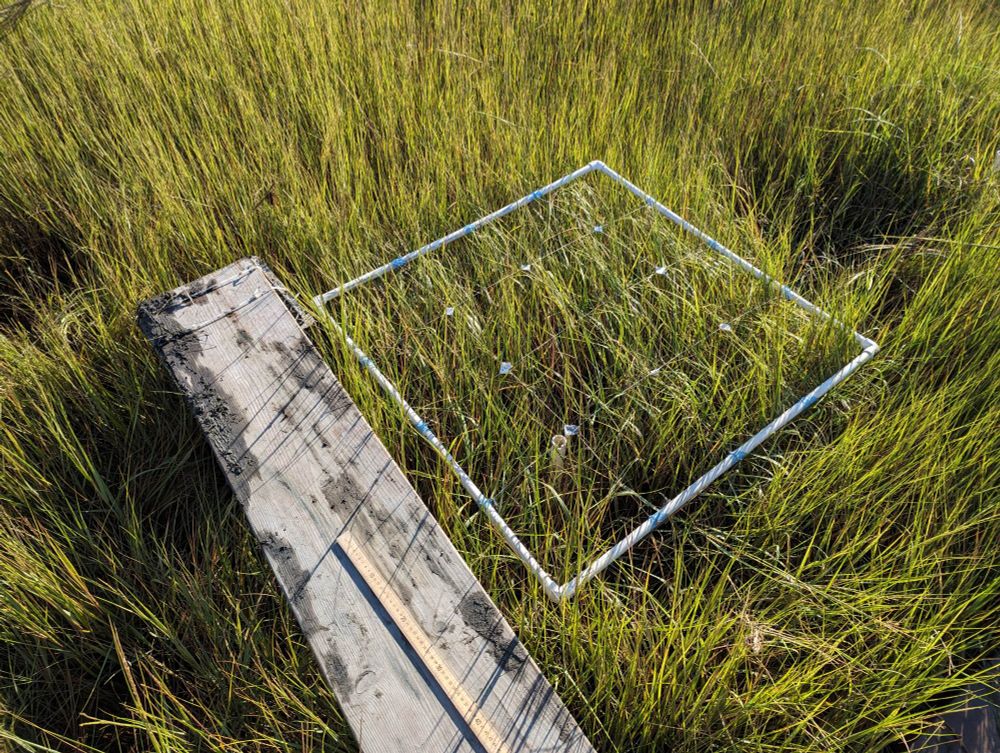Matthew Costa
@mangrovematt.bsky.social
41 followers
32 following
42 posts
Postdoctoral Research Associate at Northeastern University, oceanographer, wetland ecologist, biogeochemist, educator, and nature-lover
Posts
Media
Videos
Starter Packs
Reposted by Matthew Costa
Reposted by Matthew Costa
Chris Janousek
@janousekwild.bsky.social
· Apr 27

Forested swamps on the Northwest coast are some of the biggest carbon storehouses around, new research finds
A new study suggests that restoring tidal swamps along the Pacific Northwest coastline could provide the most bang for your carbon storage buck.
www.opb.org
Matthew Costa
@mangrovematt.bsky.social
· Apr 26

Forested swamps on the Northwest coast are some of the biggest carbon storehouses around, new research finds
A new study suggests that restoring tidal swamps along the Pacific Northwest coastline could provide the most bang for your carbon storage buck.
www.opb.org
Matthew Costa
@mangrovematt.bsky.social
· Apr 25



































